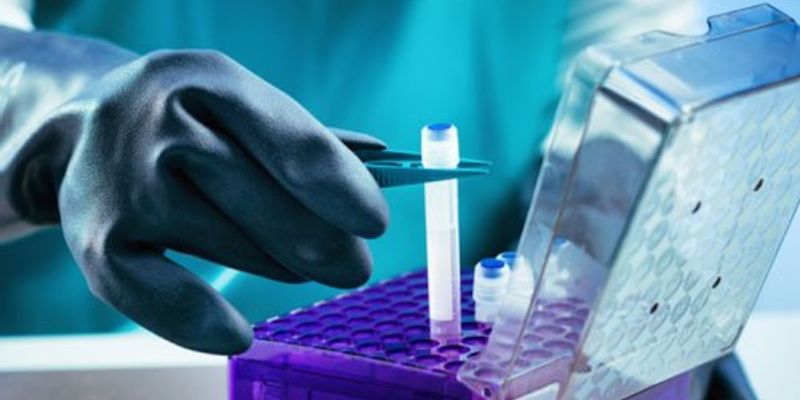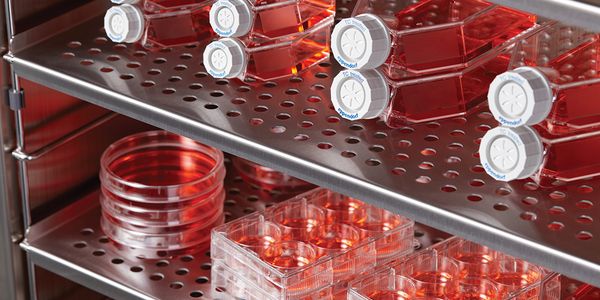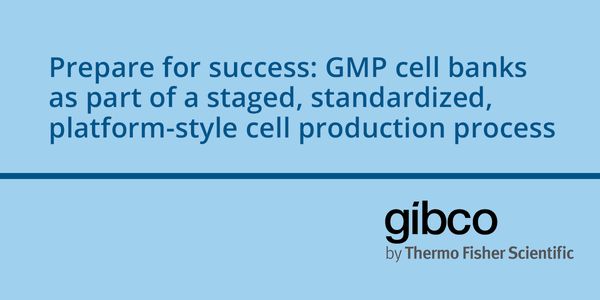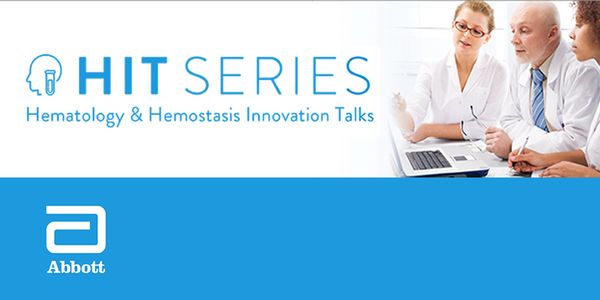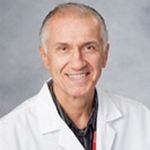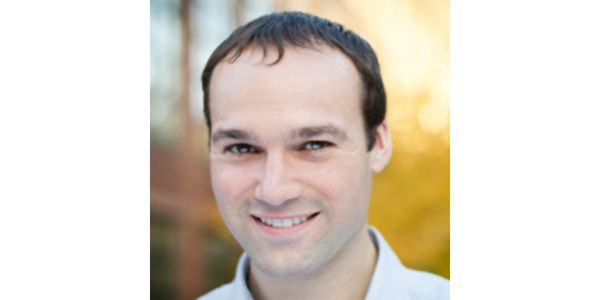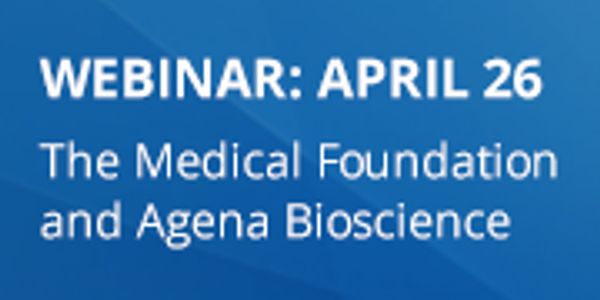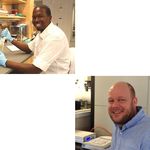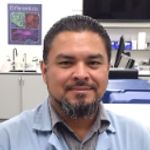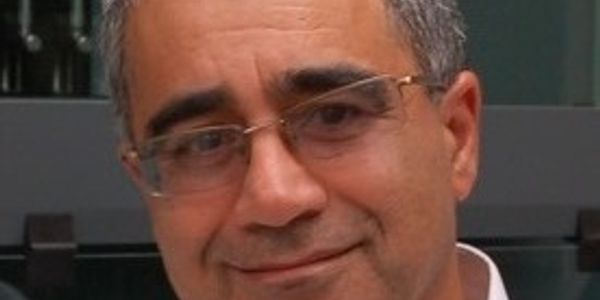Cell Banking
Cell banking: is a housing unit that stores cells of specific genome for the principle of future use in a product or medicinal needs. Cell banking is best practice to reduce risk of microbial contamination.
-
JUN 05, 2019 | 5:00 PMDATE: June 5, 2019TIME: 8:00am PDT, 11:00am EDT, 5:00pm CEST Eukaryotic cell cultures respond to the most subtle influence. Apart from the risk of contamination, minimal chan...FEB 27, 2019 | 8:00 AMDATE: February 27, 2019TIME: 8:00am PST Pluripotent stem cells (PSCs) can form any tissue or cell in the body, and are the ideal starting material to manufacture...NOV 20, 2018 | 1:00 AMDATE: November 20, 2018’TIME: 3:00pm WET Today, hematology analyzers can collect vast amounts of data about cell characteristics, that subsequently improve...The ongoing research and scientific debate on pathophysiology, classification, nomenclature and diagnosis of antiphospholipid syndrome illustrates the complexity of cellular membranes, their...
JAN 01, 2018 | 10:00 AM
The capacity to generate disease-relevant cell populations from human pluripotent stem cells has tremendous potential for shedding light on human disease mechanisms. I will discuss basic prin...
An unbiased metagenomic next-generation approach (mNGS) been shown to be useful in the broad identification of pathogens in clinical samples for infectious disease diagnosis, including viruse...
As reprogramming methodologies have become more reliable and efficient, corresponding improvements were needed in the characterization workflow as well; specifically in terms of the speed, ef...
APR 26, 2017 | 9:00 AM
DATE: April 26, 2017TIME: 9:00AM PT, 12:00PM ETBiopsies from non-small cell lung cancer (NSCLC) and colorectal adenocarcinoma generally produce small, heterogeneous samples with li...
DATE: December 14, 2016
TIME: 7:30am PT, 10:30am ET
A major hurdle in developing relevant disease models for drug discovery is access to the healthy and diseased tissue of interest; induc...
Speaker:
T.K. Feaster, PhD
, Kile Mangan, PhD
Sponsored By: Cellular Dynamics,
Cellular Dynamics
The mission of the California Institute for Regenerative Medicine (CIRM) is to accelerate stem cell treatments to patients with unmet medical needs. With $3 billion in funding and 300 a...
The human umbilical cord is a promising abundant source of mesenchymal stem cells (MSCs). Compare to other MSCs, the advantages of human umbilical cord MSCs (hUC-MSCs) are easily accessible a...
The reprogramming of somatic cells into induced Pluripotent Stem Cells (iPSC) has great potential of applications, not only in basic research, but also in drug screening and cell therapy. Wit...
Speaker:
Rene Quintanilla Jr.
Presented at: 4th Annual 24 Hours of Stem Cells™ virtual event
Sponsored By: Thermo Fisher Scientific, Thermo Fisher Scientific
Sponsored By: Thermo Fisher Scientific, Thermo Fisher Scientific
One of the ultimate goals in Regenerative Medicine is the generation of pluripotent stem cells (PSCs) directly from somatic cells obtained from patients. Although major findings in the defini...
